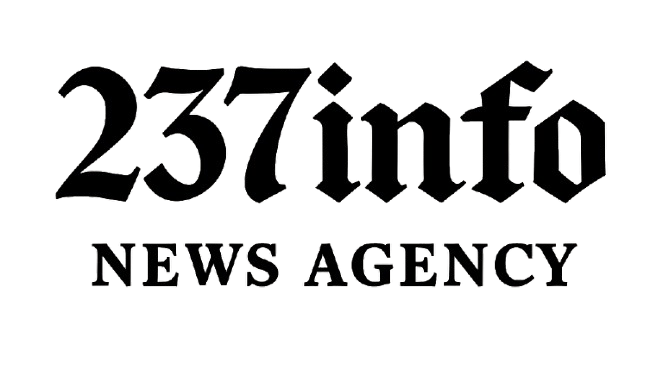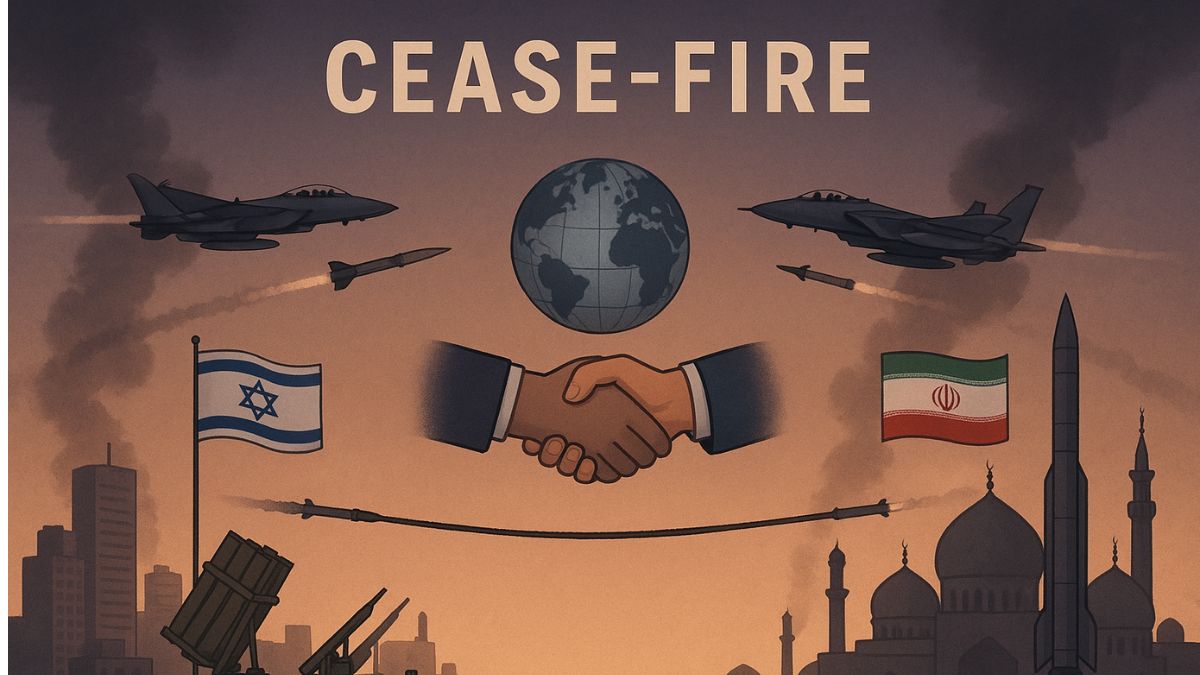1. Origins of the Clash
The confrontation ignited on June 13, 2025, when Israel launched Operation Rising Lion, targeting over 200 Iranian nuclear and military sites—including IRGC command centers and nuclear facilities like Natanz and Fordow—backed by Mossad-supported drone sabotage inside Iran. Iran retaliated the same evening with a massive assault of more than 150 ballistic missiles and 100 drones against Israel, marking one of the most dramatic escalations between the two nations.
2. Human Cost and International Alarm
In Iran:
- A wave of missile strikes battered civil infrastructure including hospitals and energy facilities, causing hundreds of civilian deaths and signaling violations of international humanitarian law.
- An evacuation exodus from Tehran ensued, with over 100,000 residents fleeing north due to siege fears.
In Israel:
- Missile barrages struck southern cities, with Beersheba and Soroka Hospital bearing the brunt—several civilians injured or killed, and critical facilities damaged.
The UN and human rights groups called urgently for de-escalation and protection of civilians .
3. A Cease‑Fire in Name, Not in Fact
On June 23, former President Donald Trump announced a phased “complete and total cease‑fire”, brokered with Qatar, Germany, and China. The terms included Iran halting missile strikes if Israel stopped bombings. According to Trump, both nations had “agreed.”
However:
- Iran’s FM Abbas Araghchi publicly denied any formal agreement, stressing Iran would only stop if Israel ceased strikes first.
- Within hours, missile alarms rang out across northern Israel and even at U.S. Al Udeid base in Qatar, forcing evacuations.
- Israel vowed to respond “forcefully” to any breach, while Iran insisted it would match Israel’s level of restraint .
4. Why it Fell Apart … Quickly
- Timing misalignments: Ceasefire commencement times weren’t simultaneous—Israel reportedly observed a 12-hour delay.
- Fragile communication channels: Field commanders often act independently, meaning unilateral strikes can continue despite diplomatic agreements .
- Strategic ambiguity: Iran adopted a posture of “I’ll stop if you do,” while Israel maintained a hardline stance—each waited for clear signals .
- Proxy engagements: Iran’s strikes at U.S. bases in Qatar and Israeli allegations of attacks on Tehran intensified mutual distrust.
5. So, Where Do We Stand?
As of June 24, 2025, the cease‑fire is more tactical pause than peace. Hostilities continue:
- Missile exchanges remain ongoing, with civilian areas still under threat .
- Diplomatic efforts by Qatar, Germany, China, and the U.S. continue—but Iran insists final cessation hinges on Israeli restraint.
- Global markets reacted: Brent crude surged above $80 amid fears of regional spill‑over.
6. What Lies Ahead
| Potential Outcome | Description |
|---|---|
| Stabilized cease‑fire | Both sides scale down offensive operations, enter sustained diplomacy |
| Dangerous escalation | Misfire, miscalculation or proxy escalation reignites full-scale war |
| Fragmented quiet | Localized calm, but no formal treaty—true peace remains elusive |
Conclusion
“Tightrope Over Tehran” captures exactly where we stand: on the razor’s edge between war and truncated peace. Initial diplomatic success unraveled quickly, revealing that agreements on paper are one thing—halted missiles on the ground quite another. Until both nations align their strategies on the battlefield with their words at the table, the current truce remains precarious—temporary relief, not a resolution.

